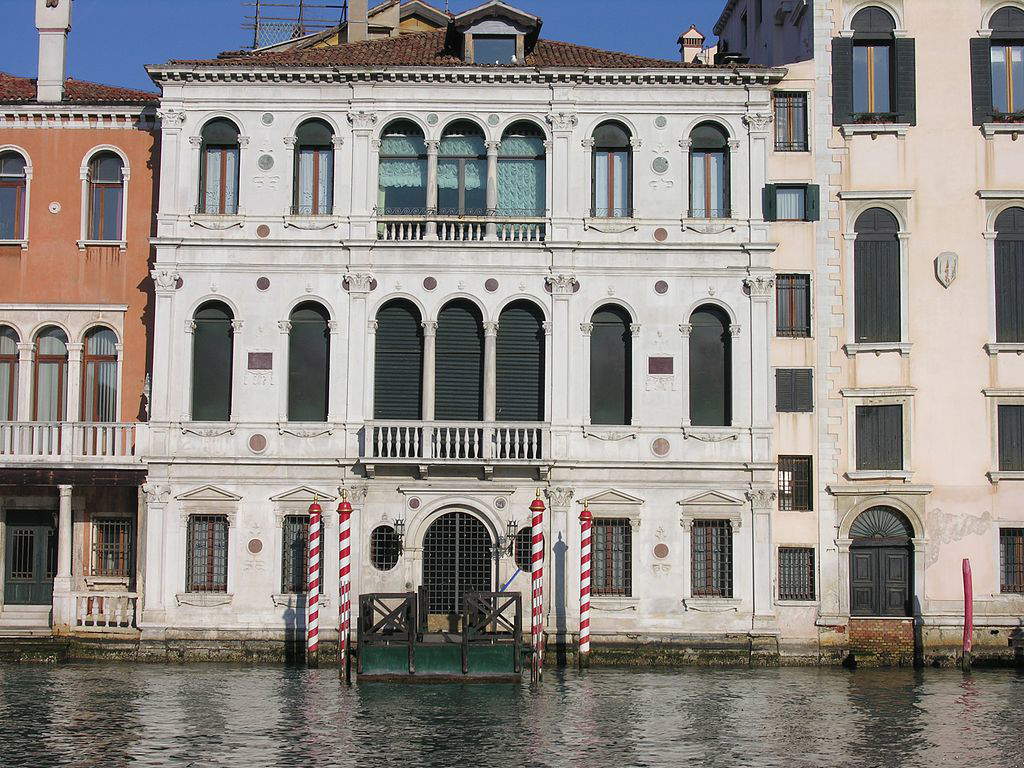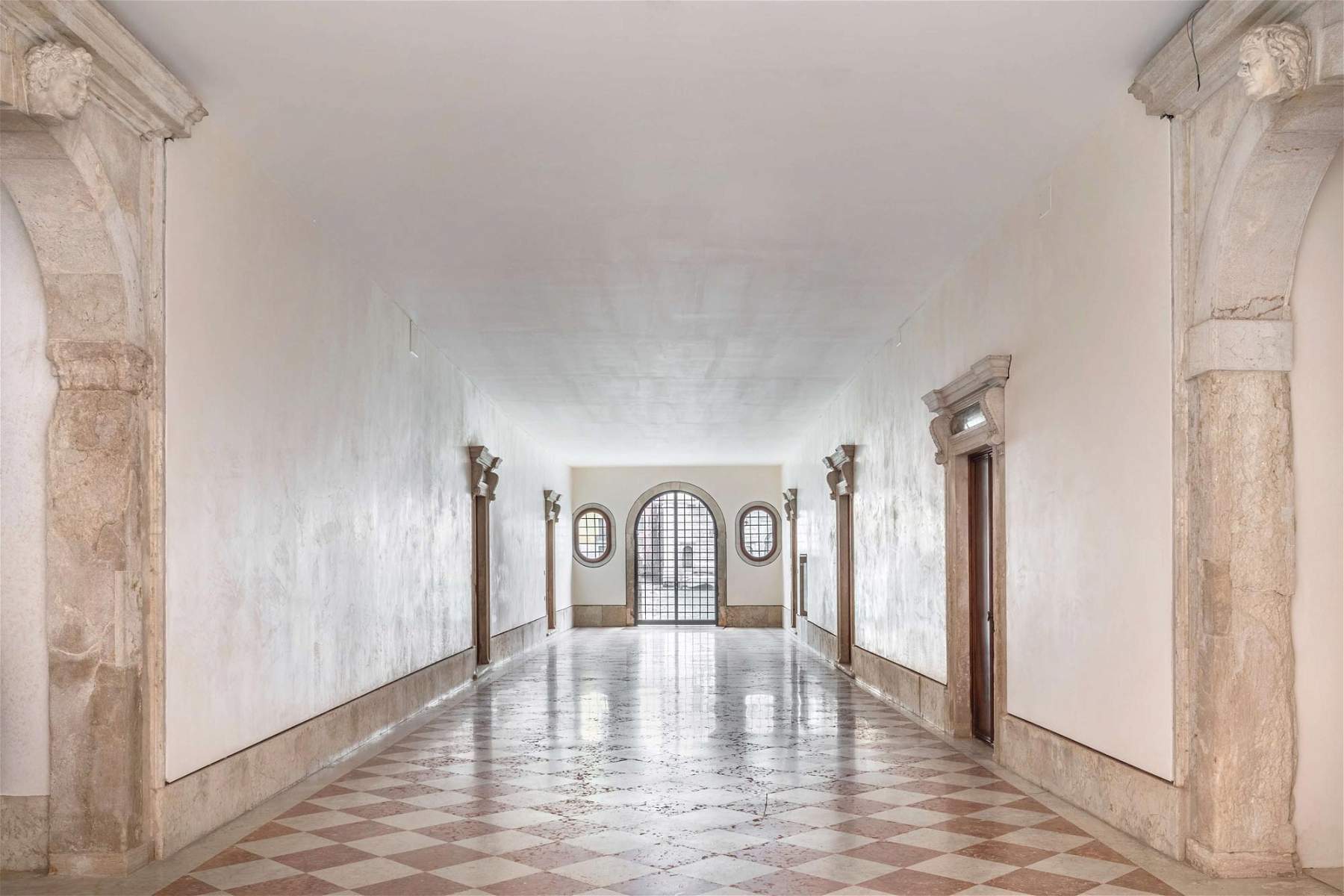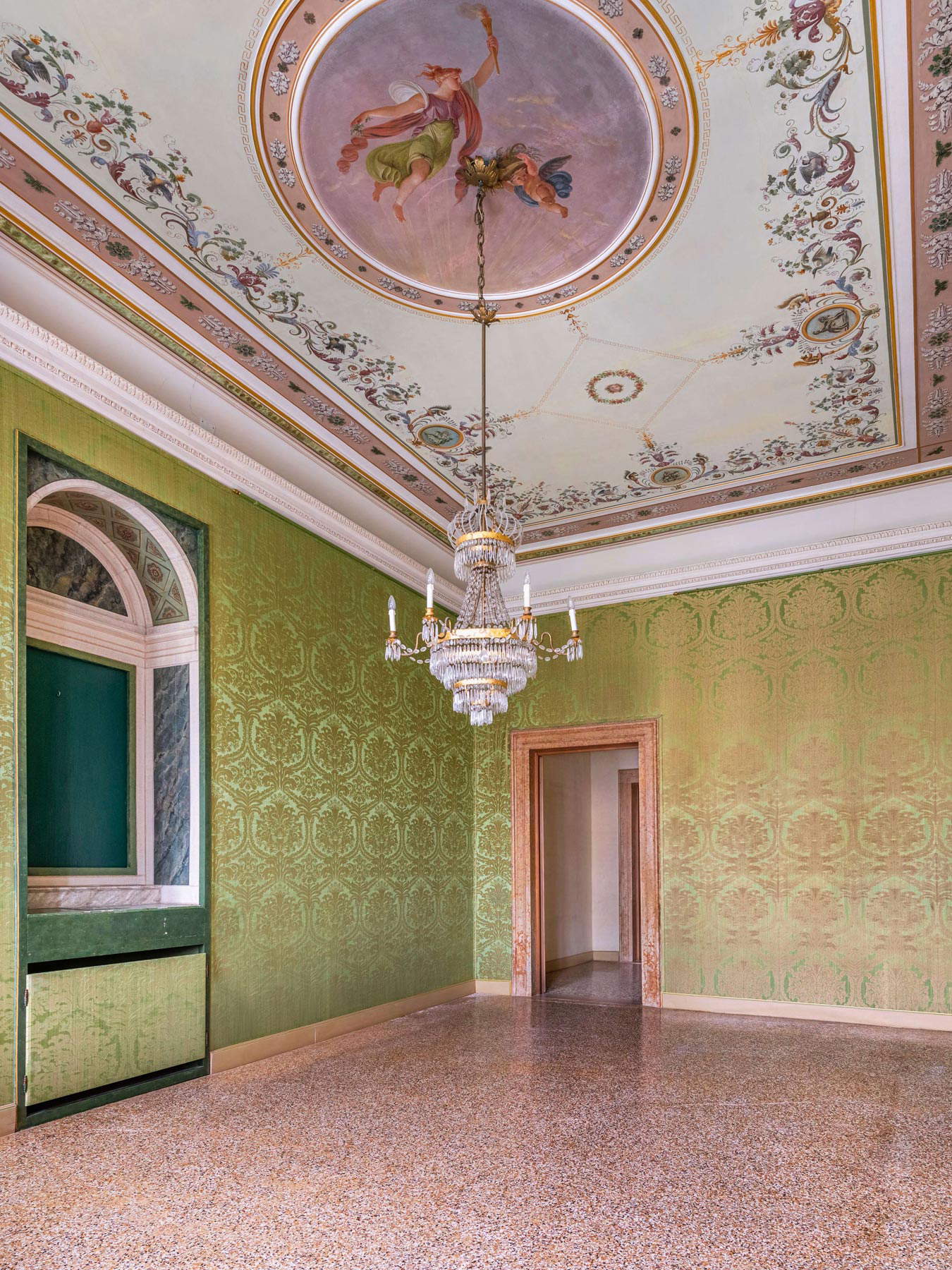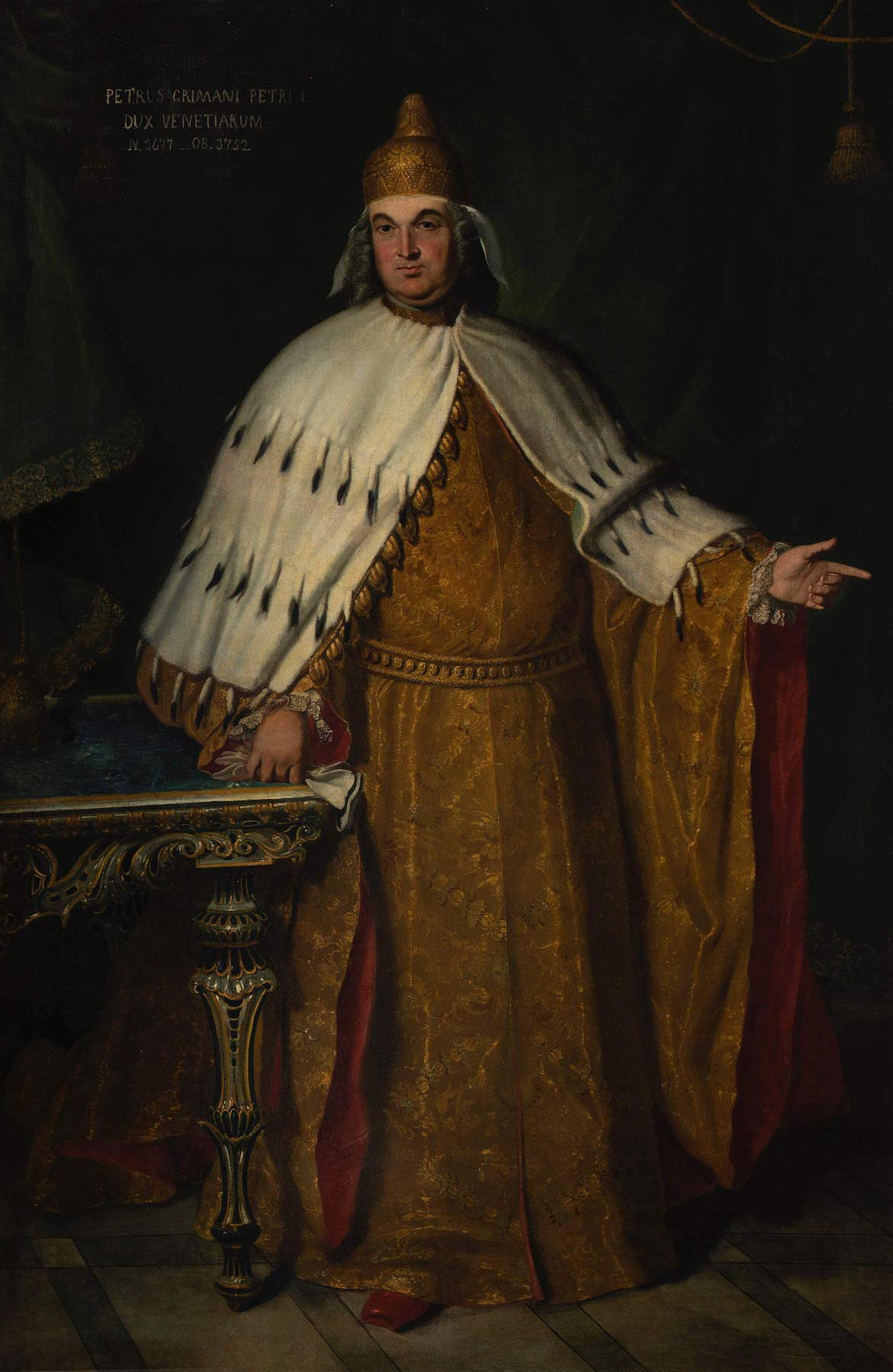In Venice, one of the most beautiful places in the sixteenth-century city, Palazzo Vendramin Grimani, opens to the public for the first time. The building, built in the sixteenth century, is ready to open its doors to the public after a year of work to make it ready for the appointment and after the establishment, in 2019, of the nonprofit institution (the Golden Tree Foundation that will be in charge of its management: the Foundation, created at the behest of a group of French and Venetian imrpenditori and professionals, passionate about culture and linked to Venice, opens the palace purchased thanks to the intervention of a private fund with the intention of returning it to all. Restoration and refunctionalization work has prepared the building for the appointment just in time for the 1600th anniversary celebration of the founding of Venice.
Inside Palazzo Vendramin Grimani, visitors will be able to see paintings from the Grimani family’s Albero d’Oro collections, works from important private collections, as well as unpublished photographs by French artist Patrick Tourneboeuf (Paris, 1966). commissioned for the occasion. Still, a rich program of activities is planned that will also include prizes, scholarships, residencies and workshops to support research and production in the arts.
 |
| Vendramin Grimani Palace. Ph. Credit Lothar John |
 |
| Vendramin Grimani Palace. Ph. Credit Patrick Tourneboeuf |
The opening date to the public is set for May 24, 2021: until June 6, thanks to a special program of free guided tours (reservation required) the public will be able to preview Palazzo Vendramin Grimani, formerly known as Palazzo Grimani Marcello, built in the early 16th century. The exhibition itinerary, the Foundation explains in a note, “represents a true statement of intent of the different lines of activity that the Golden Tree Foundation, starting precisely from the study of the Grimani Marcello collections, wants to pursue: the enhancement of culture and collecting in all its forms between past and present in order to restore the palace’s role as a living and active crossroads of cultures, also thanks to the collaboration with other public and private institutions.”
In the rooms on the first piano nobile, visitors will be able to learn more about the history of the palace, the illustrious families that have inhabited it for six centuries and the restoration work that has affected it in recent months. The narrative of the dispersed art collections, which were started by the very family of Doge Grimani, will include an exceptional first nucleus of paintings that belonged to the palace such as Domenico Tintoretto, Sebastiano Ricci and Francesco Montemezzano. The tour will feature a collection of both ancient and contemporary works on loan from international private collections. In addition, the route, as anticipated will be enriched by the photographs of the artist Patrick Tourneboeuf, to tell through the eye of the French architect and photographer the evolution of the palace before and after the works (this work constitutes the first commission of the Golden Tree Foundation, which will also build its own collection over time).
From June 7, after the first two inaugural weeks, the palace will remain open to the public always by reservation and with guided tours from Thursday to Sunday. Reconstruction of the history of the families and collections once housed in Palazzo Vendramin Grimani are also the focus of the first illustrated guide to the palace, published in Italian, French and English, edited by Massimo Favilla and Ruggero Rugolo and accompanied by photographs by Venetian artist Ugo Carmeni. The completion of careful archival research will be followed by a second and more extensive publication.
“Palazzo Vendramin Grimani,” explains the Golden Tree Foundation, “is reborn from May 2021 as a new place of transmission, artistic and cultural exchange open to all those who love Venice, live in it, frequent it (whether residents, students or international travelers) and still recognize it as the starting point and destination of that journey (real or imaginary) that connects East and West. Fellowships, awards and multidisciplinary projects are a crucial part of the Foundation’s cultural programming, which aims to promote research and international exchanges in collaboration with public and private institutions. Residencies, workshops, meetings, concerts and exhibitions will complete the Foundation’s rich cultural offerings, enlivening the different spaces of the building, and the third floor will be used as guest quarters and work areas.”
 |
| Palazzo Vendramin Grimani. Ph. Credit Ugo Carmeni |
 |
| Vendramin Grimani Palace. Ph. Credit Ugo Carmeni |
ìThe name chosen for the Foundation is a direct tribute to the branch of the Grimani dell’Albero d’Oro (Golden Tree) family that lived in the palace for centuries: for some, the name the family bore is linked to the “purity” that the lineage ascribed to itself, for others to the golden decorations that originally embellished its facade. The family gave the Republic a doge, Pietro Grimani (from 1741 to 1752), formerly an ambassador to England where he met Isaac Newton and became an honorary fellow of the Royal Society. From the first decade of the eighteenth century Pietro Grimani, a man of great culture, made the palace an Enlightenment coterie, enlivened by the presence of exponents of various branches of culture, from architecture to poetry, from science to philosophy. Besides being refined collectors, the Grimani dell’Albero d’Oro were important patrons of architectural, sculptural and pictorial works both in Venice and in the mainland and overseas dominions. The upheavals that followed the fall of the Republic (1797) and the various hereditary divisions caused the family’s art collections to be dispersed. The Golden Tree Foundation aims, through a future exhibition project, the result of careful research, to reassemble a large part of the dispersed collections.
At Palazzo Vendramin Grimani, the theme of collecting will be developed through cultural programming that promises to be wide-ranging and international in character, and the second piano nobile with its very rich and elegant furnishings provides an excellent example of the layering of eras, tastes and provenances. This exclusive space will be reserved for exceptional occasions and the corporate world for the organization of private events, so as to create, the Foundation points out, “a virtuous circle that can support the Foundation’s cultural production and research activities.”
The Golden Tree Foundation is chaired by Gilles Étrillard, founder of one of Europe’s leading independent financial groups (La Financière Patrimoniale d’Investissement SAS). The Board of Directors is composed of Béatrice de Reyniès, an expert in the development and animation of cultural and tourist sites worldwide; Daniela Ferretti, an architect, former director of the Fortuny Museum in Venice from 2007 to 2019, who specializes in curating and mounting exhibitions, both in Italy and abroad; Jean-François Dubos, president of JFD Associates, president of the Maison Européenne de la photographie (MEP) in Paris and secretary general of the Festival d’Aix-en-Provence; Stéphane Bouvier, a lawyer who has been involved in the nonprofit sector for more than 20 years.
 |
| Vendramin Grimani Palace. Ph. Credit Ugo Carmeni |
 |
| Portrait of Pietro Grimani. Ph. Credit Ugo Carmeni |
 |
| Venice, a jewel of the 16th-century city is reborn: Palazzo Vendramin Grimani |
Warning: the translation into English of the original Italian article was created using automatic tools. We undertake to review all articles, but we do not guarantee the total absence of inaccuracies in the translation due to the program. You can find the original by clicking on the ITA button. If you find any mistake,please contact us.